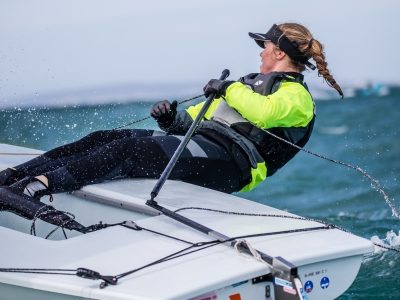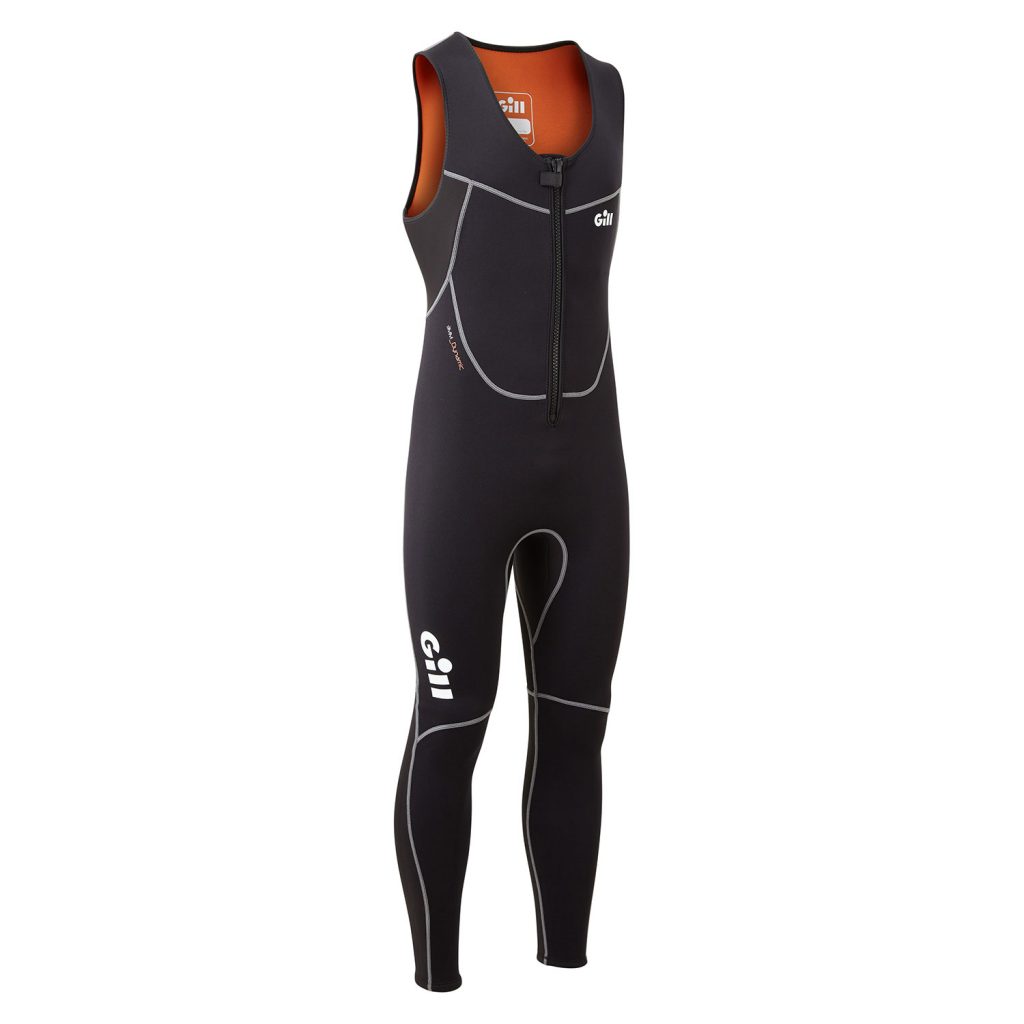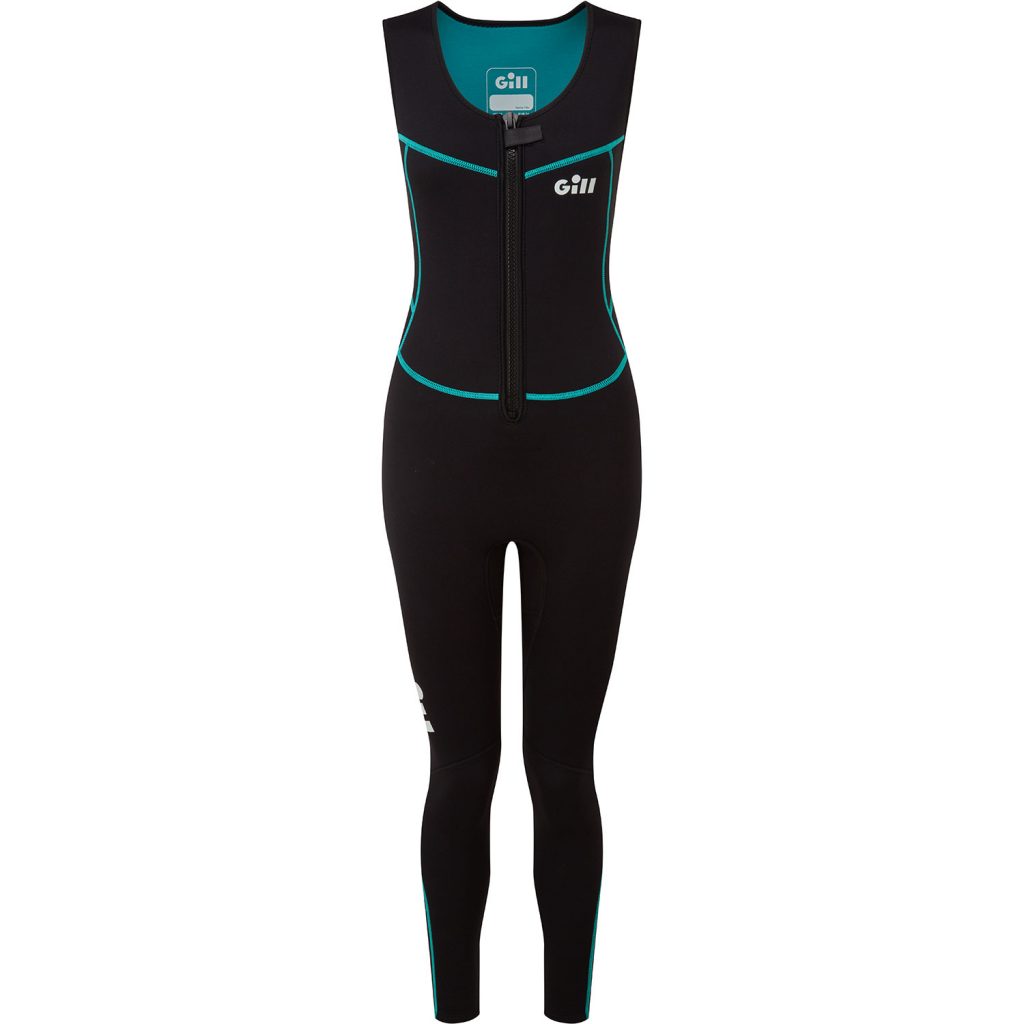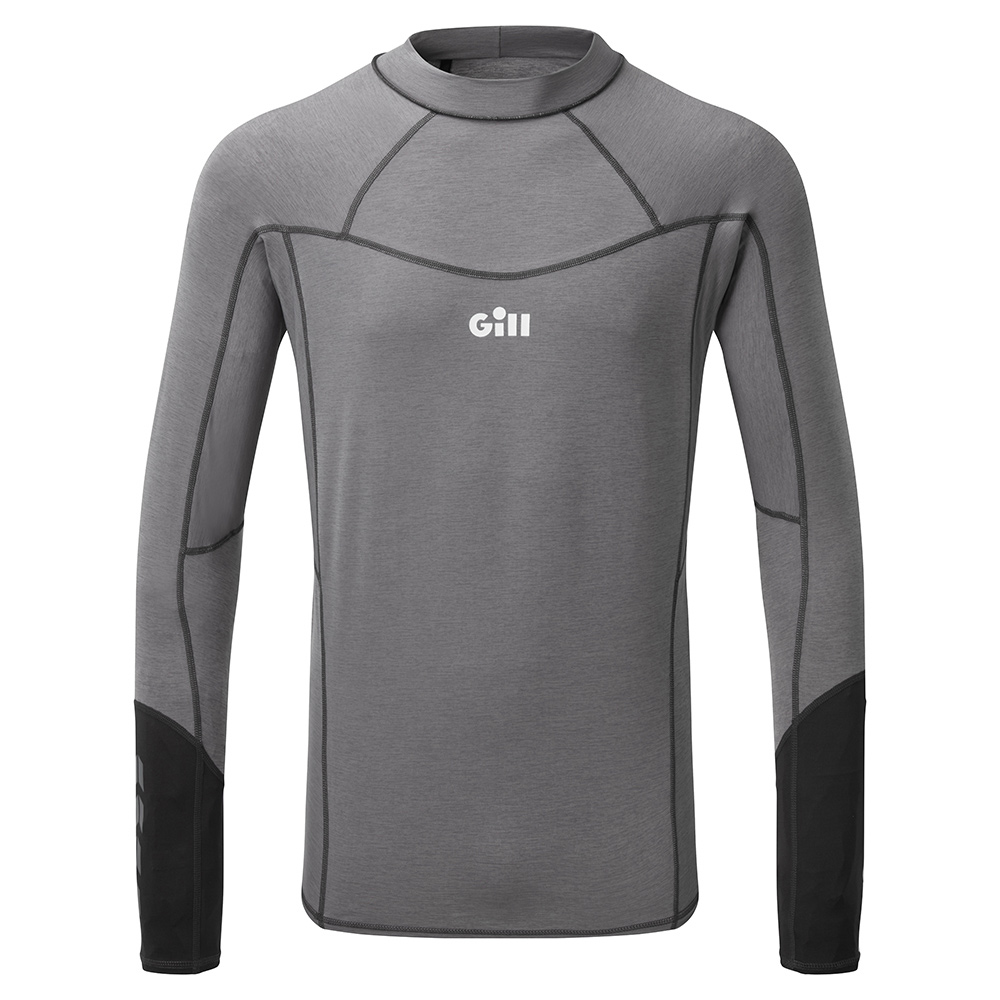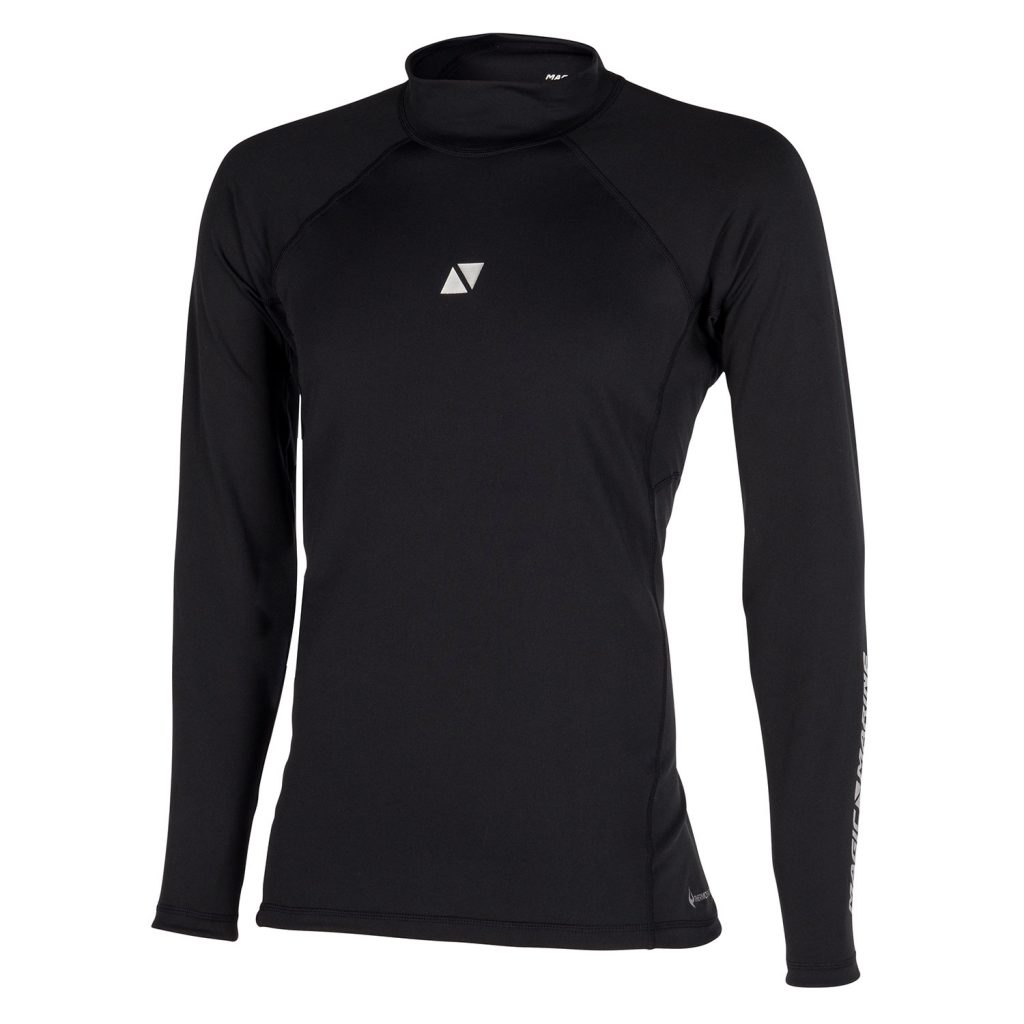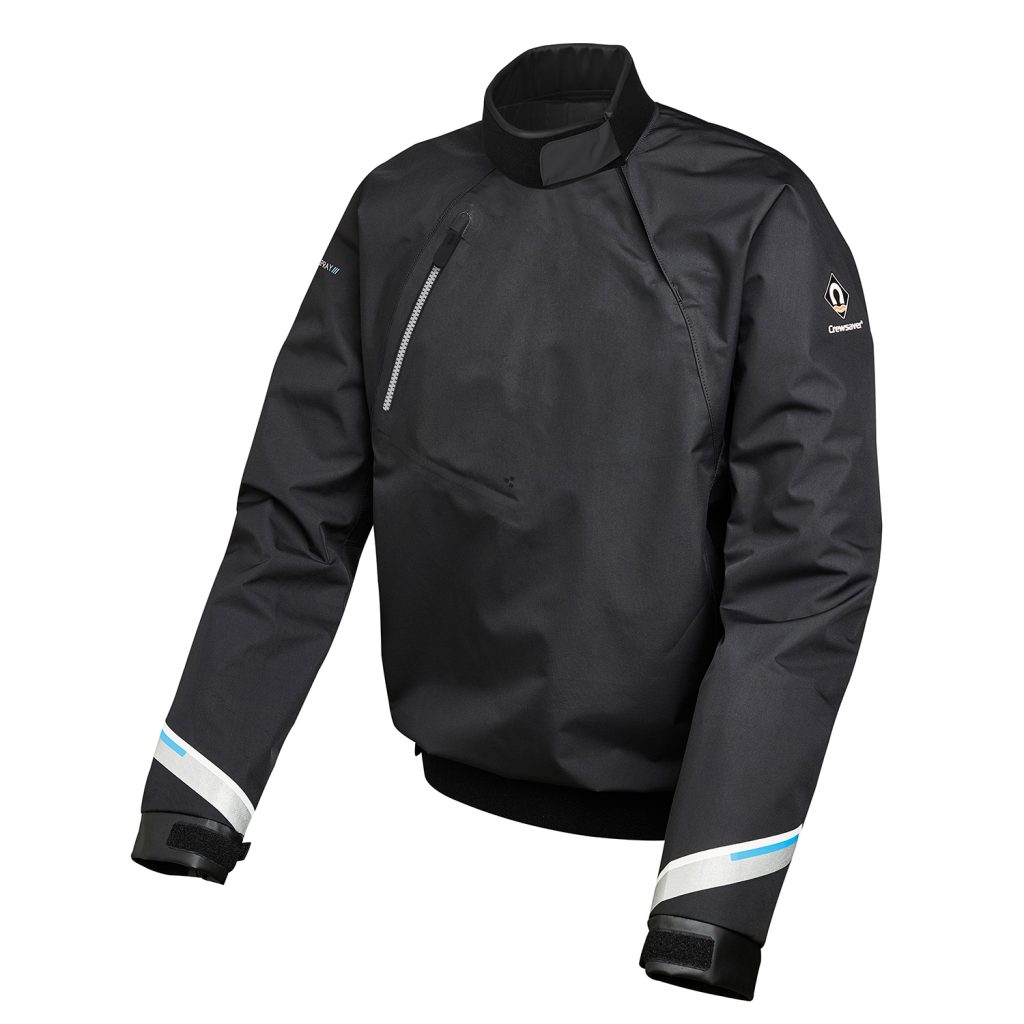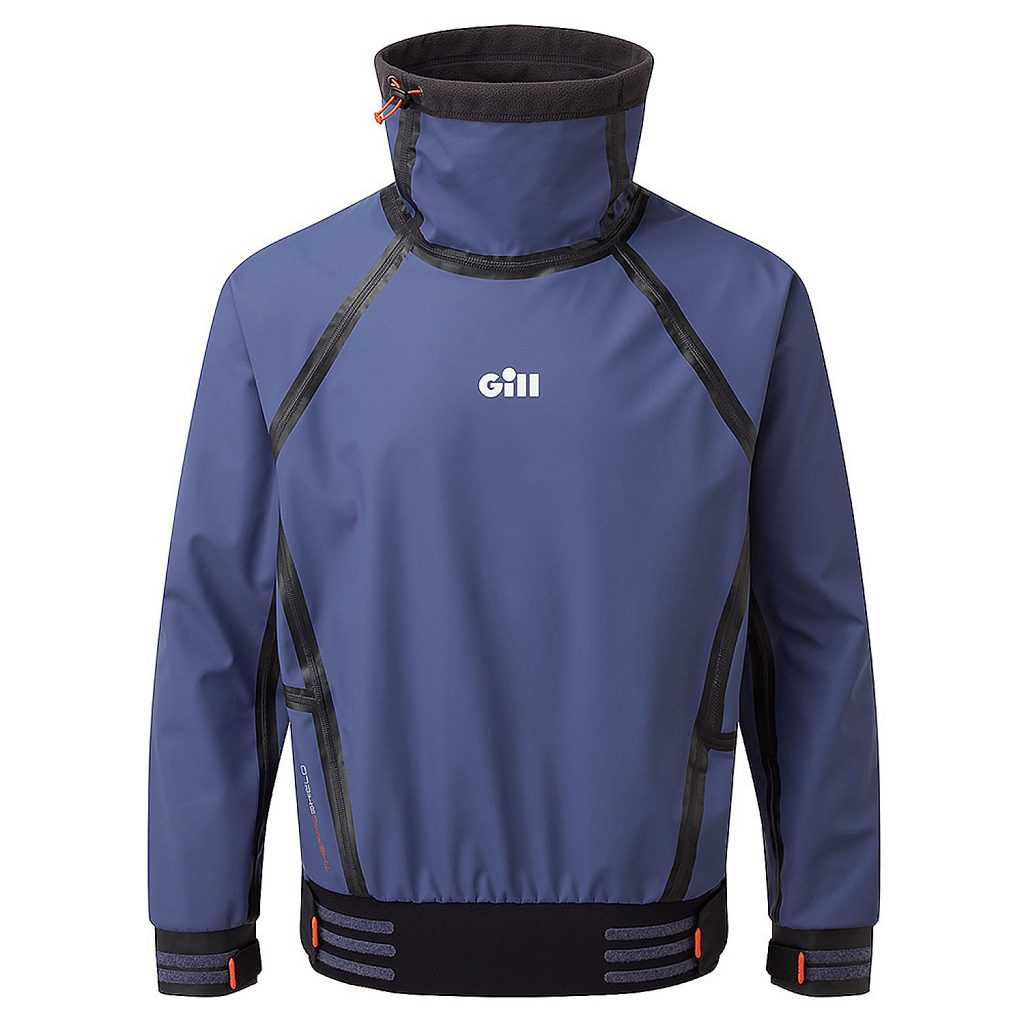
Wetsuit Layering – A guide for Sailors and Kayakers
The item we get asked most for in the shop is a wetsuit for kayaking or dinghy sailing. Each customer has a preconceived idea that they either want a full wetsuit, i.e. one with armWetsuit Layering – A guide for Sailors and Kayakers
The item we get asked most for in the shop is a wetsuit for kayaking or dinghy sailing. Each customer has a preconceived idea that they either want a full wetsuit, i.e. one with arms and legs, if its cold, or a shortie wetsuit, i.e. short arms and legs, if its warm. The problem with this is you need to buy 2 suits, if you buy a fullsuit you are either in it or out of it, what if you wear it and its too warm? You can’t really use it being just half in it. The opposite is true of a shortly wetsuit. Secondly, both these suits cover your arms and kayaking, more so than sailing, requires a lot of arm movement, so having arms on the suit can rub and become uncomfortable.
So, what do we recommend? We recommend you invest in a layering system. It will cost a bit more in total than either a full suit or a shorty, but you will have a setup that you can wear pretty much all year.
Wetsuit Layering System Explained.
There are a lot of possible combinations to a layering system, but they all start with a Long John Wetsuit (Or a Long Jane for the ladies version). A Long John or Jane Wetsuit is one without arms, just legs, chest and straps over the shoulders. A basic one of these will start at around £60 for a 3mm flatlock suit and go right up to £200+ for a 3 or 4mm blindstitched suit. The differences between these will be warmth, flexibility and waterproofness the more expensive having the higher values of each. For men some also come with a convenience zip.
If you predominantly sail or kayak in the summer months then a cheaper wetsuit will be fine, once you extend the season you would be looking for something warmer, probably blindstitched so you don’t get wet through the seams
So having chosen your wetsuit you need a base layer to cover your arms. In the summer months this could simply be a rash guard, but in cooler conditions you might consider a polypro or thermal rashguard. These are fleecy on the inside, moisture wicking and don’t hold water well, ideal if you have the occasional swim as they dry out quickly. Armed with these first 2 items you are set for nice summer days on the water.
The last piece of clothing you need to make up the full set for the summer months is a cag or spray top. A waterproof and windproof jacket, ideally with a neoprene enclosure around the waist and cuffs and neck that can be done up tight.
With these 3 or 4 items you are pretty much all set for sailing in hot sunny weather or inclement British summer weather. You can layer up or down as the weather changes.
What if I want to sail longer either side of the season?
To extend the season with the setup above, you would firstly need to have the polypro thermal rash rather than a basic rash and then add to that a thermal spray top or a wetsuit top. Thermal spray tops have a PU outer to make them waterproof and then have a fleece lining to keep you warm. Personally, we prefer the thermal spray top over the wetsuit top as its more flexible and you can be worn in more conditions.


